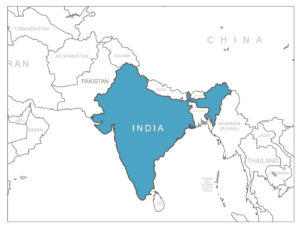Here are projects we have funded so far...
Thanks to our sponsors…



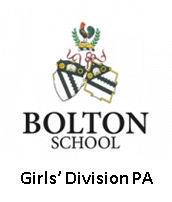



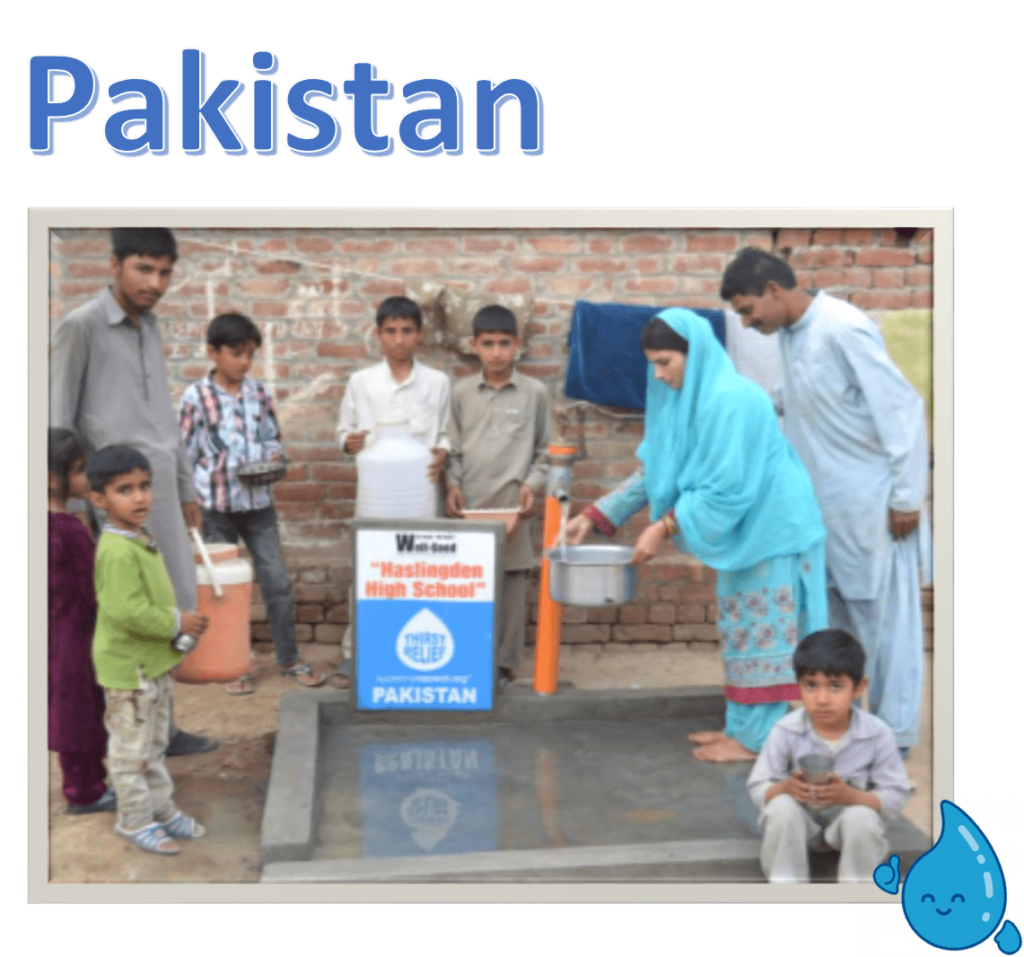
Despite impressive progress, over 21 million people still have no choice but to drink dirty water in Pakistan.
This project in Pakistan was funded as a result of participation by Haslingden High School.

In Niger, water-related diseases and poor hygiene and sanitation are one of the leading causes of death among children under five. Access to drinking water and sanitation is still very low in Niger with only 56% of the population having access to a source of clean drinking water.
This is why this project is so important.
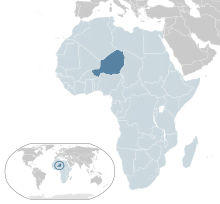



Bangladesh’s population density, low-lying lands and vulnerability to floods, monsoons and cyclone leave the population exposed to water contamination.
This project consists of a well with a depth of 35m enabling access to safe clean water for drinking, cooking and hygiene.
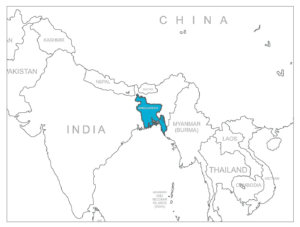

In Indonesia, there are still many areas which have limited access to clean water, especially in remote areas. This means the country suffers from widespread outbreaks of diseases such as dysentery as residents use and consume contaminated water.
This 12m well will have a profound effect on the health, economic and overall wellbeing of the residents of the village.

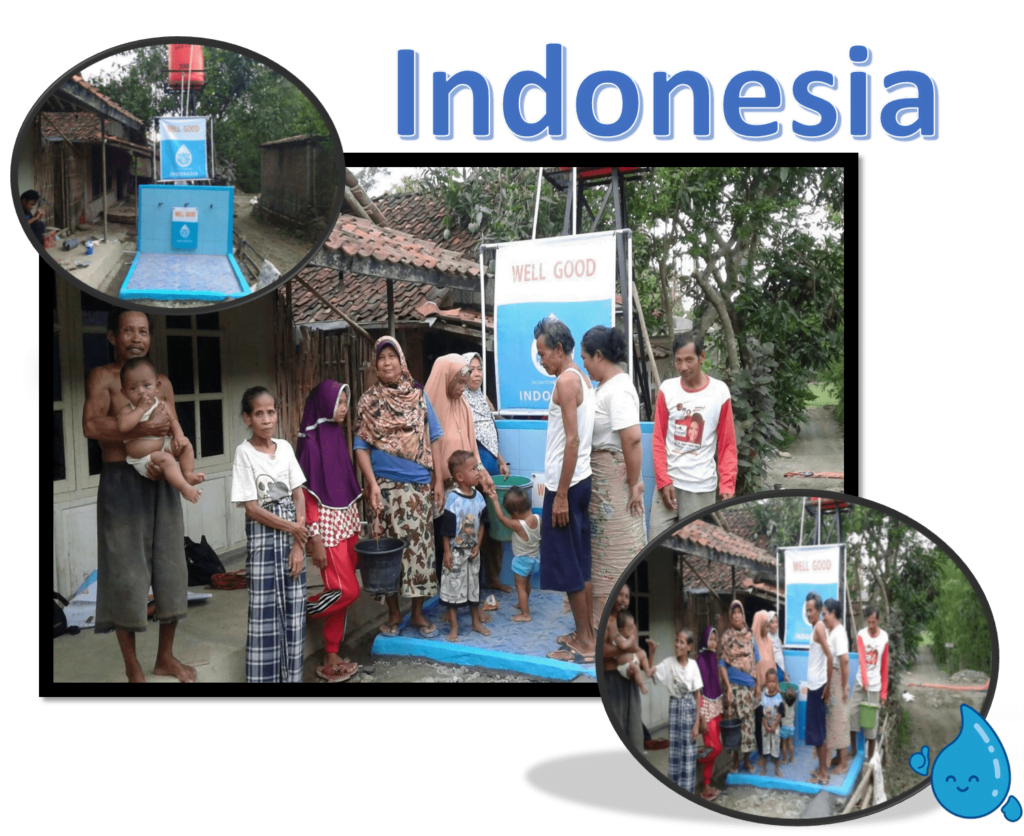
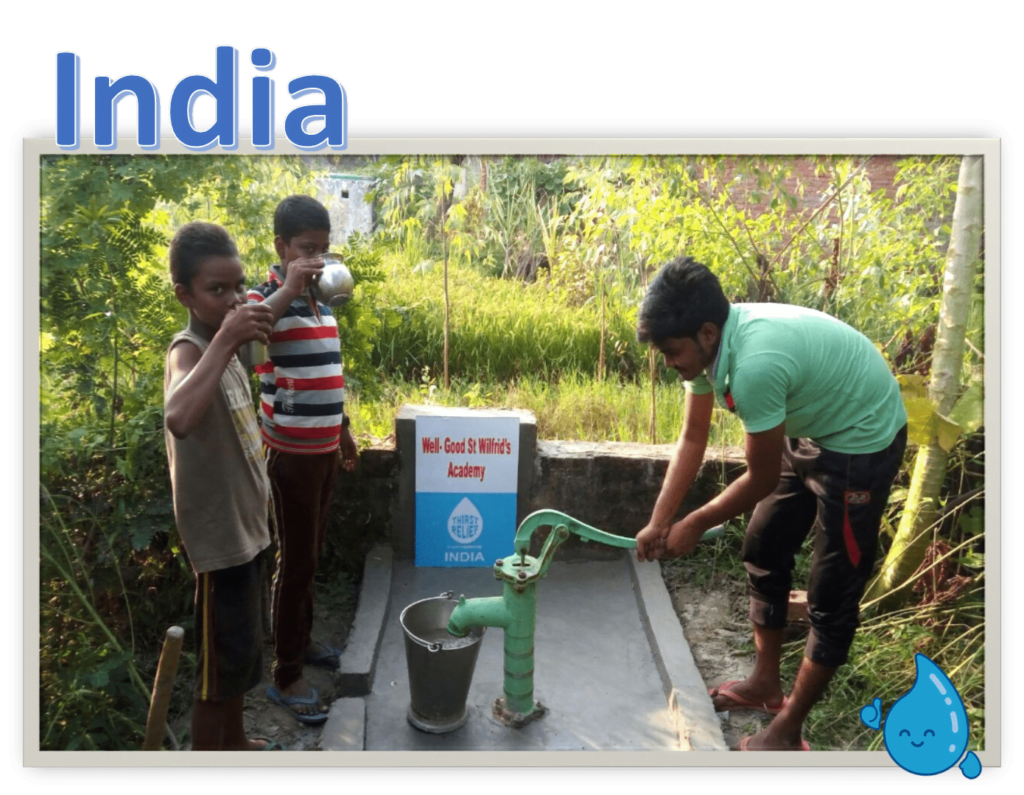
This project in India was funded through St Wilfrid’s Academy participation.
Water acess and santitation in many parts of India has always been inadequate.
This installation will allow familes to improved health and economic wellbeing.

A lack of potable water, adequate sanitation and hygiene is responsible for a high rate of waterborne disease in rural Nepal and is a leading cause of death among children under the age of five.
This installation is very important for the people of this village.
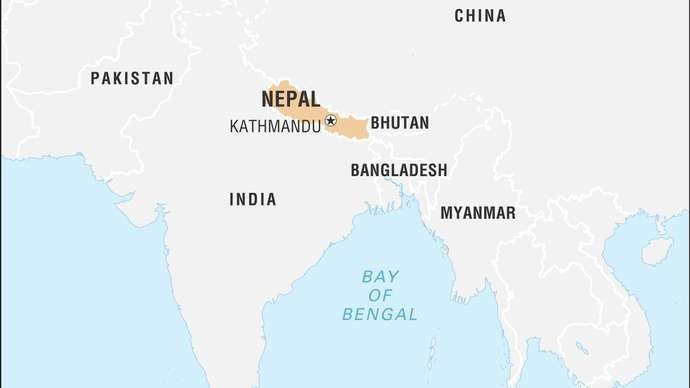

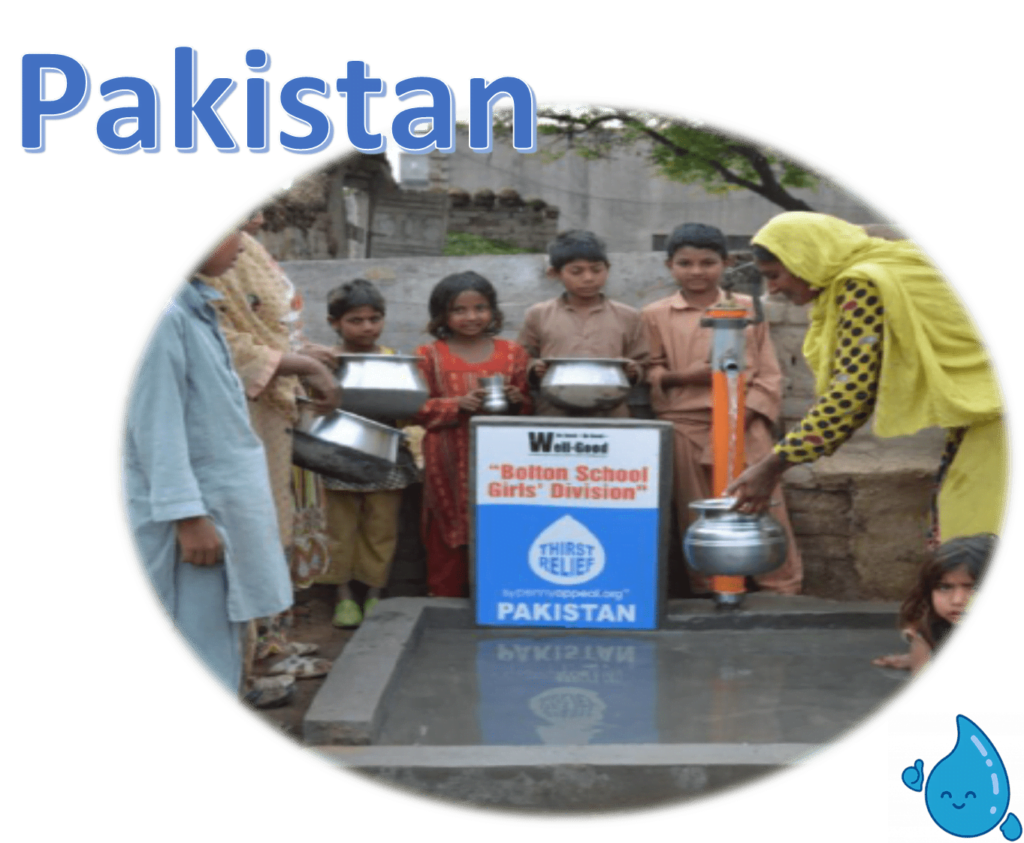
Pakistan is among the top 10 countries with the lowest access to clean water near to home.
Ony 36% of the population uses a safely managed water service (source: UN water).
This installation was funded by partipation of Bolton School Girls’ Division.


This project is in West Bengal in India and has been funded due to the participation of Longfield Academy.
The hand pump accesses water from the 20m well.
Prior to the installation, many families were left with no choice but use unclean water, which consequently affected their health. Villagers now have unlimited supply of fresh clean water, and do not have to travel long distances to collect it.
